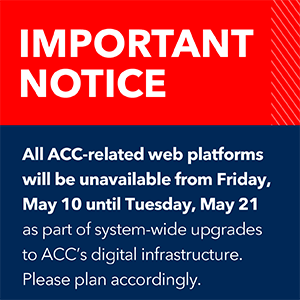mRNA COVID-19 Vaccine Safety in Pregnant Persons
Quick Takes
- US surveillance review data suggest no obvious safety signals with respect to pregnancy or neonatal outcomes associated with COVID-19 vaccination in the third trimester of pregnancy.
- Continued longitudinal monitoring is needed to further assess maternal, pregnancy, neonatal, and childhood outcomes associated with maternal COVID-19 vaccination, including in earlier stages of pregnancy and during the preconception period.
- The present data can help with decision making about vaccination by pregnant persons and their health care providers to some extent.
Study Questions:
What is the safety of messenger RNA (mRNA) coronavirus disease 2019 (COVID-19) vaccine in pregnant persons?
Methods:
The investigators used data from the “v-safe after vaccination health checker” surveillance system, the v-safe pregnancy registry, and the Vaccine Adverse Event Reporting System (VAERS) from December 14, 2020–February 28, 2021, to characterize the initial safety of mRNA COVID-19 vaccines in pregnant persons.
Results:
A total of 35,691 v-safe participants 16-54 years of age identified as pregnant. Injection-site pain was reported more frequently among pregnant than nonpregnant women, whereas headache, myalgia, chills, and fever were reported less frequently. Among 3,958 participants enrolled in the v-safe pregnancy registry, 827 had a completed pregnancy, of which 115 (13.9%) resulted in a pregnancy loss and 712 (86.1%) resulted in a live birth (mostly among participants with vaccination in the third trimester). Adverse neonatal outcomes included preterm birth (in 9.4%) and small size for gestational age (in 3.2%); no neonatal deaths were reported. Although not directly comparable, calculated proportions of adverse pregnancy and neonatal outcomes in persons vaccinated against COVID-19 who had a completed pregnancy were similar to incidences reported in studies involving pregnant women that were conducted before the COVID-19 pandemic. Among 221 pregnancy-related adverse events reported to the VAERS, the most frequently reported event was spontaneous abortion (46 cases).
Conclusions:
The authors concluded that preliminary findings did not show obvious safety signals among pregnant persons who received mRNA COVID-19 vaccines.
Perspective:
This US surveillance review of the safety of mRNA COVID-19 vaccines during pregnancy and the periconception period reports that there are no obvious safety signals with respect to pregnancy or neonatal outcomes associated with COVID-19 vaccination in the third trimester of pregnancy. However, continued monitoring is needed to further assess maternal, pregnancy, neonatal, and childhood outcomes associated with maternal COVID-19 vaccination, including in earlier stages of pregnancy and during the preconception period. The present data can help with decision making about vaccination by pregnant persons and their health care providers to some extent.
Clinical Topics: COVID-19 Hub, Prevention
Keywords: Abortion, Spontaneous, Chills, Coronavirus, COVID-19, Fever, Gestational Age, Headache, Live Birth, Maternal Mortality, Myalgia, Preconception Injuries, Pregnancy, Pregnancy Trimester, Third, Premature Birth, Primary Prevention, RNA, Messenger, Vaccination, Women
< Back to Listings

